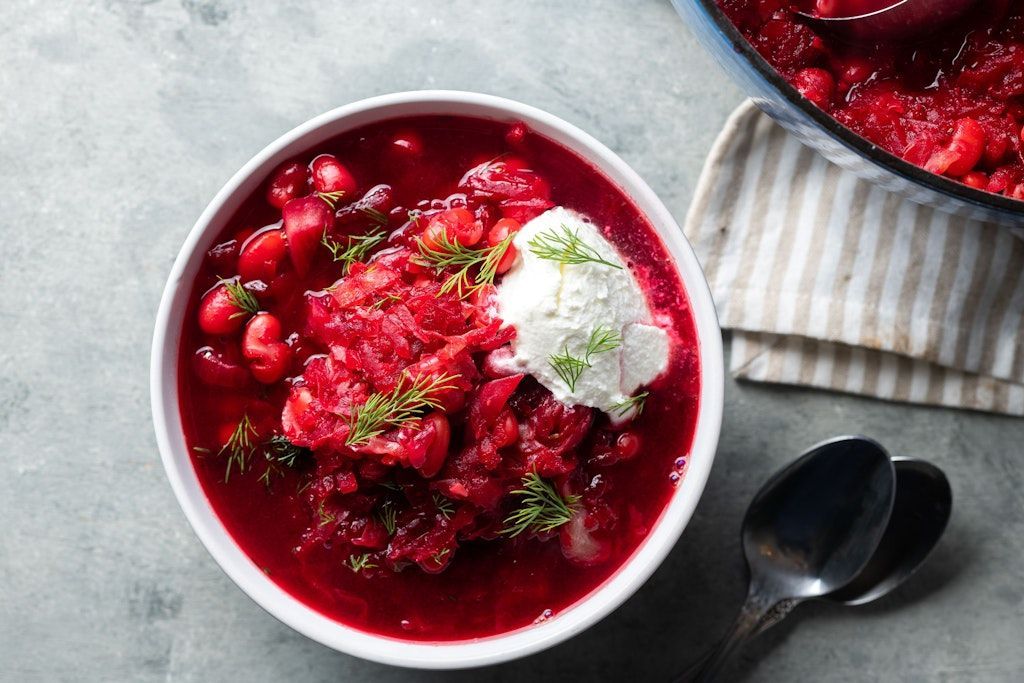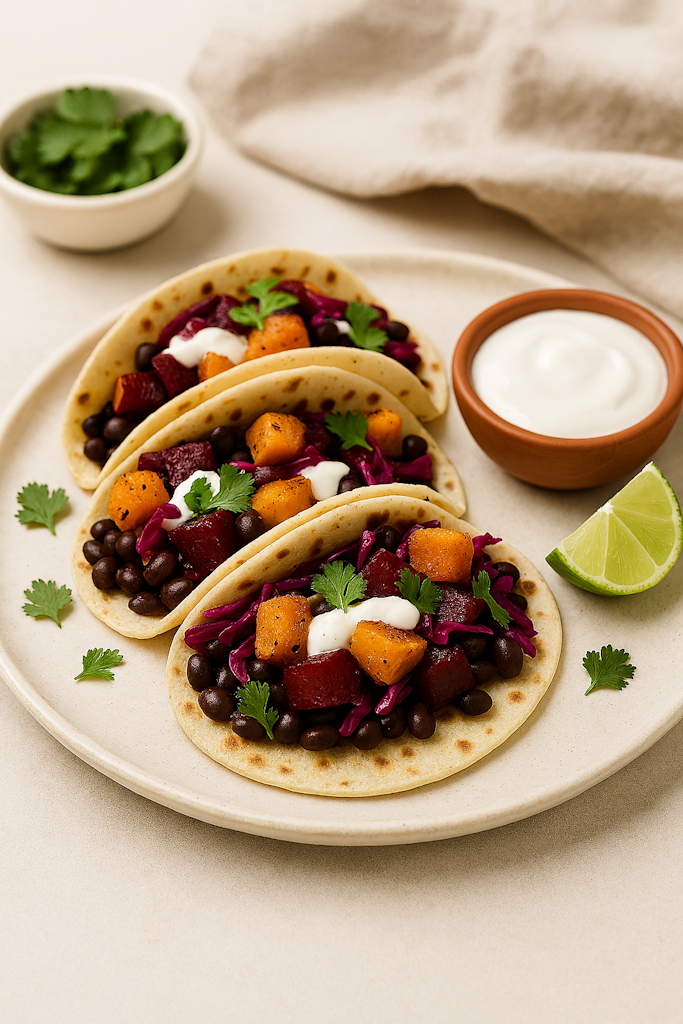By Annabelle Beavan
•
November 3, 2025
November Nutrition Tips November is all about cozy meals, immune support, and making the most of late fall produce before winter sets in. Here’s how to stay nourished and energized as the days grow shorter: 🥦 Seasonal Produce to Prioritize Brussels sprouts – High in fiber, vitamin K, and antioxidants. Roast with olive oil and garlic. Sweet potatoes – Rich in beta-carotene and complex carbs. Great for mashing, roasting, or adding to stews. Cranberries – Packed with vitamin C and polyphenols. Use fresh or dried in salads, oatmeal, or sauces. Cauliflower – Versatile and nutrient-dense. Try it roasted, riced, or blended into soups. Apples & Pears – Still in season and perfect for baking, snacking, or simmering into compotes. 🧣 Immune-Boosting Strategies Vitamin D – With less sunlight, consider fortified foods like milk, cereal, or mushrooms. Zinc-rich foods – Beans, nuts, and whole grains help support immune function. Probiotics – Yogurt, kefir, and fermented veggies like sauerkraut keep your gut healthy. 🥘 Smart Comfort Food Swaps Use Greek yogurt instead of sour cream in dips and mashed potatoes. Make stuffing with whole grain bread and add chopped veggies for fiber. Choose roasted veggies over creamy casseroles for lighter sides. 💡 Bonus Tip: Prep for Holiday Eating Eat a balanced breakfast to avoid overindulging later. Stay hydrated—cooler weather can mask thirst. Focus on portion control and savor seasonal flavors mindfully.


















